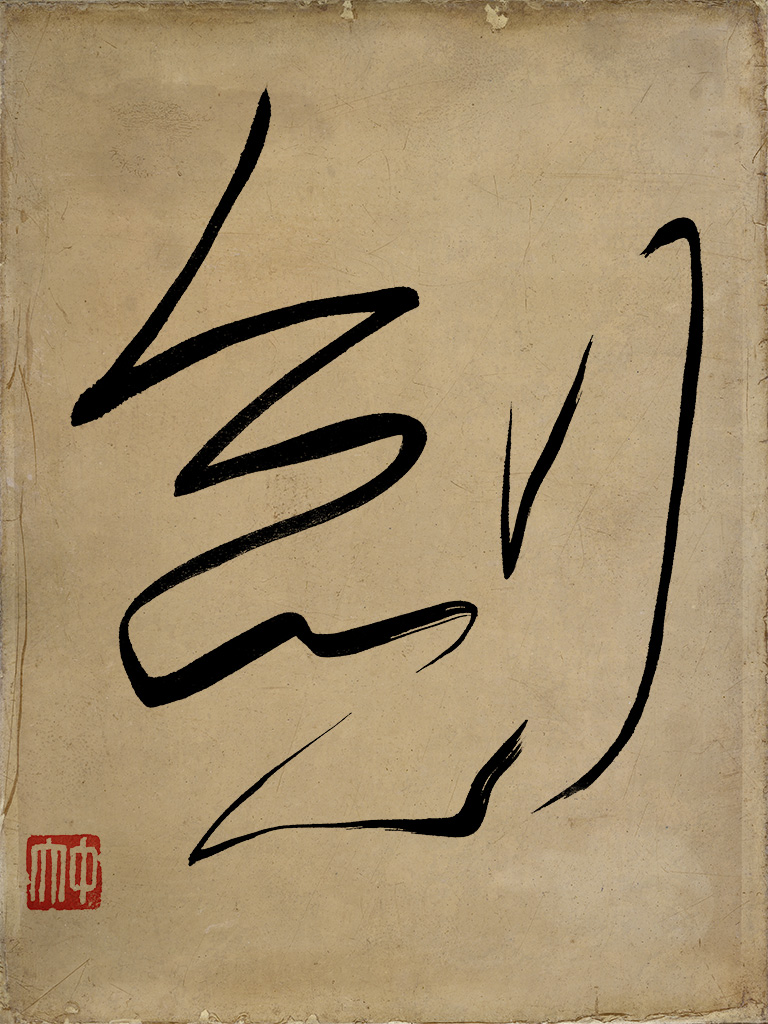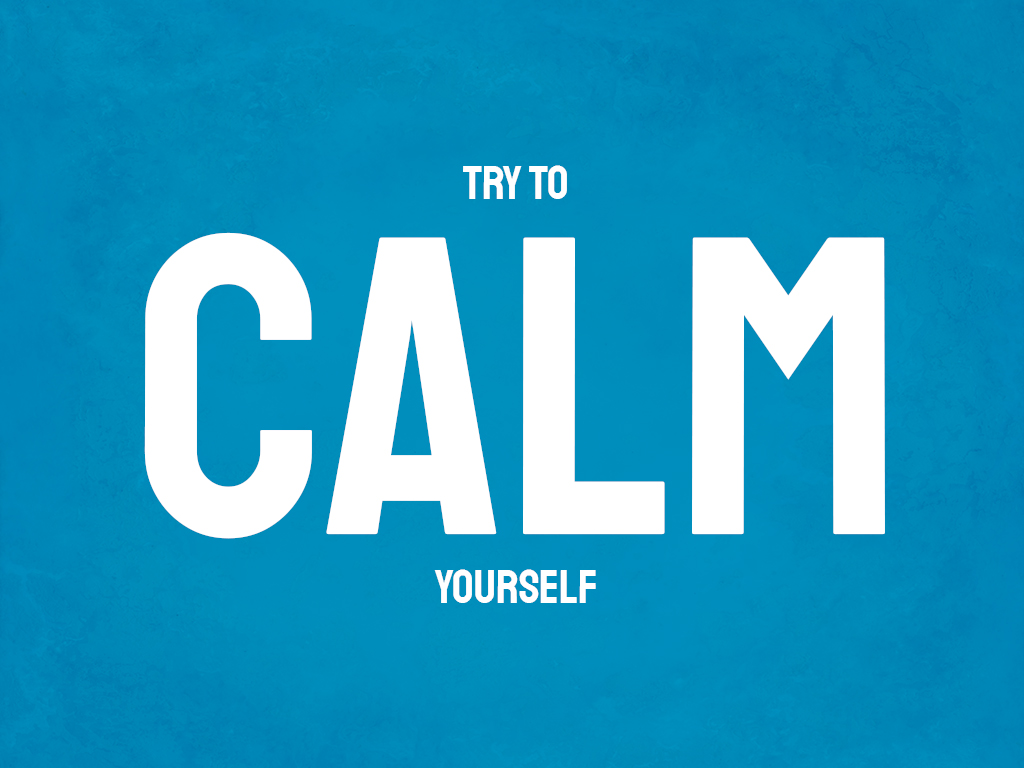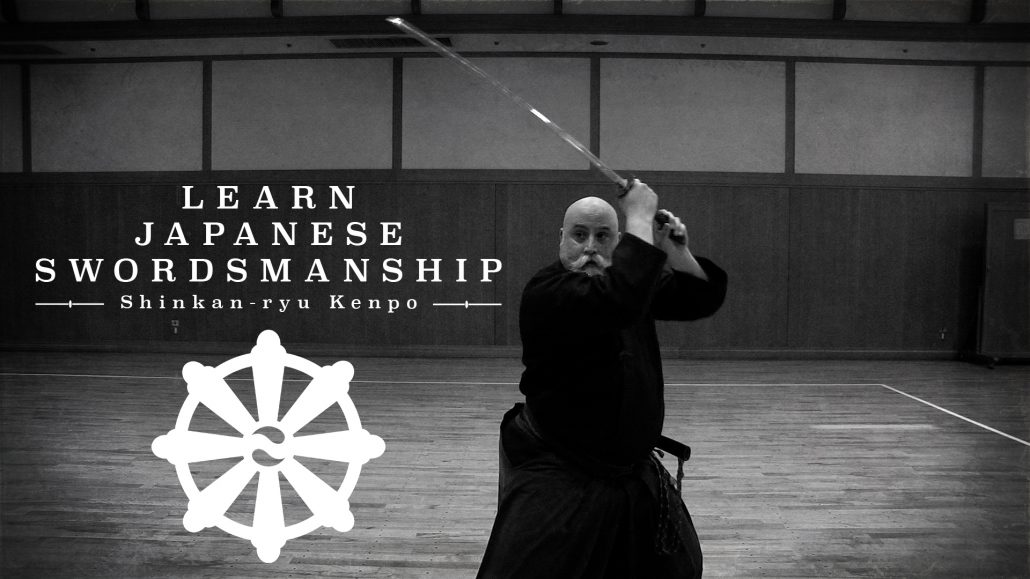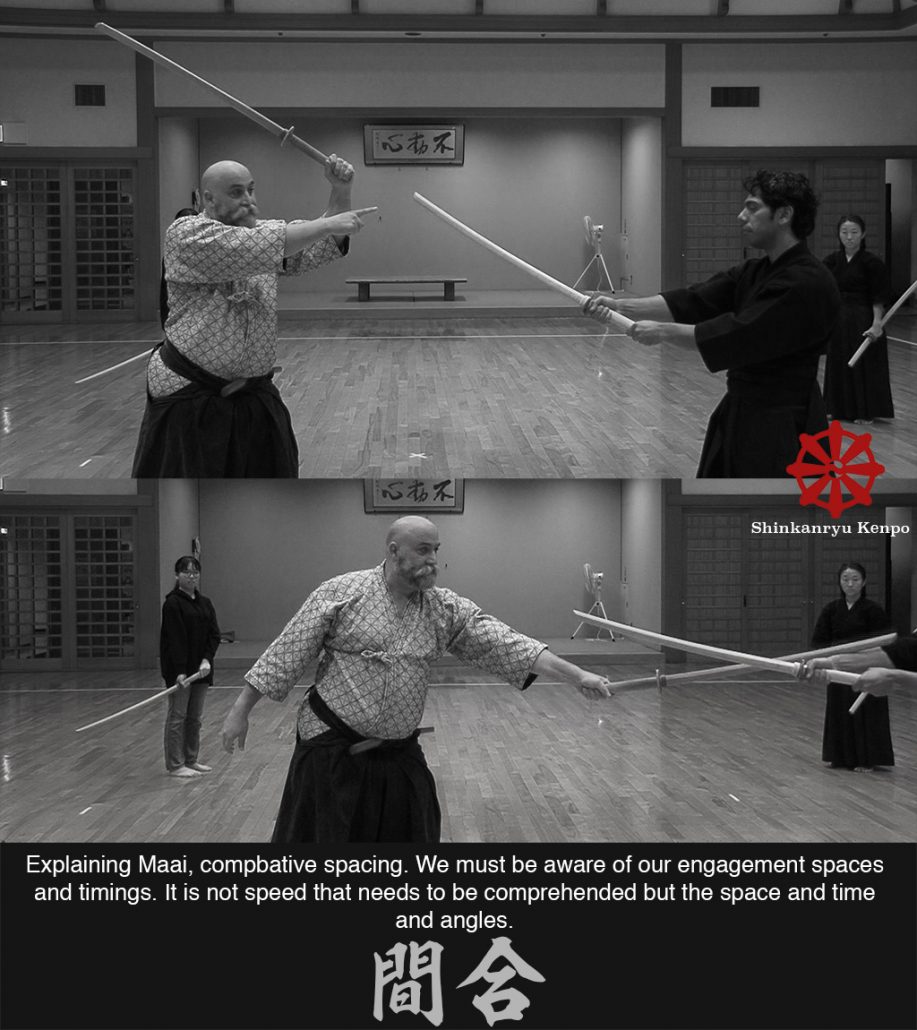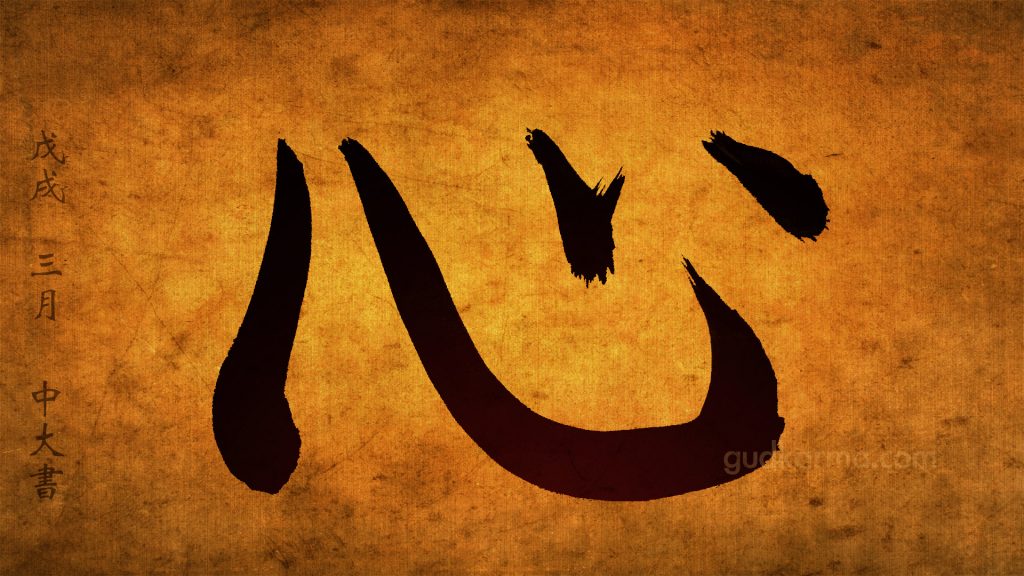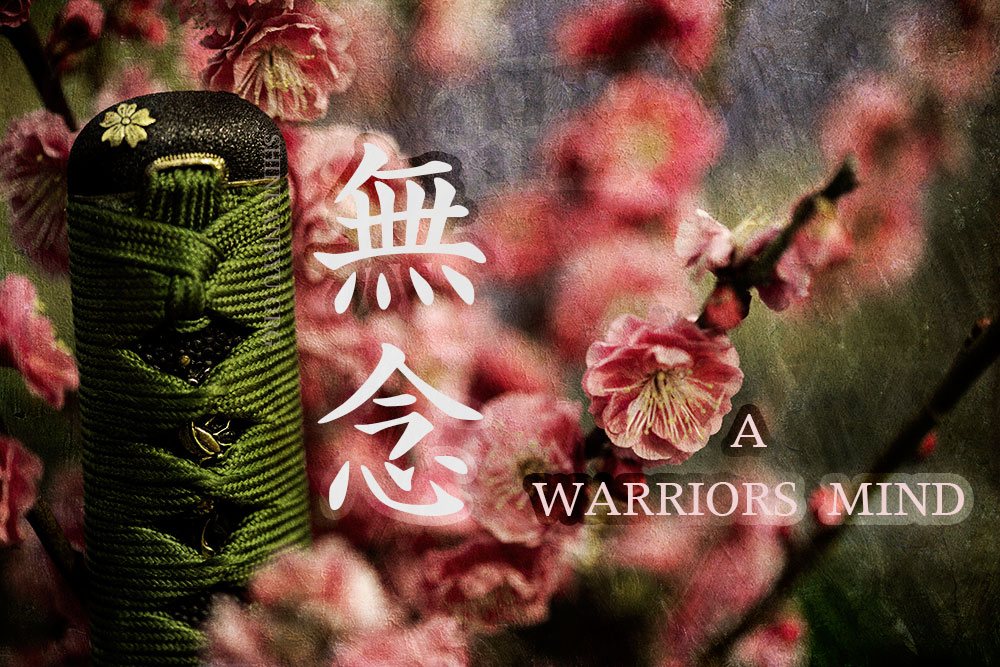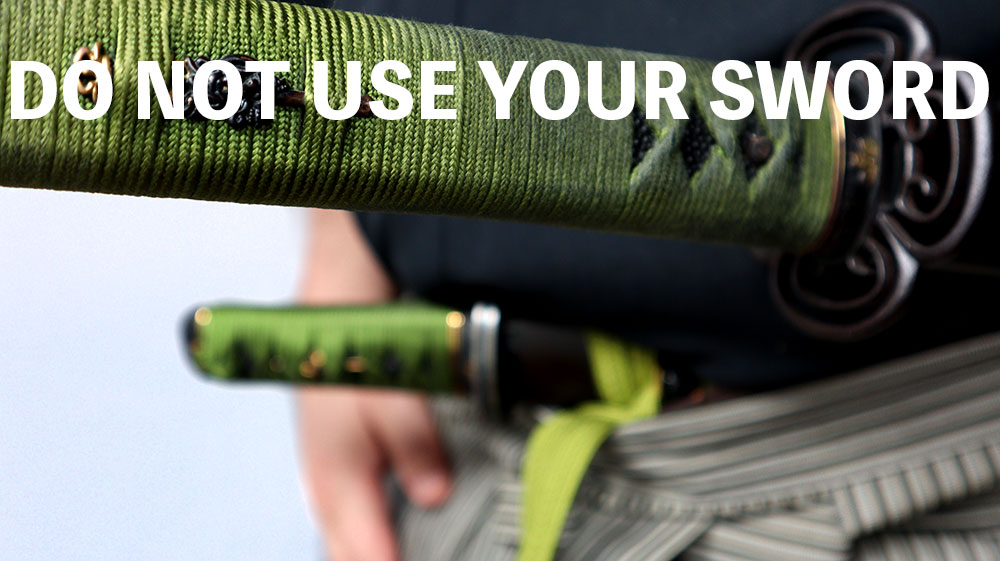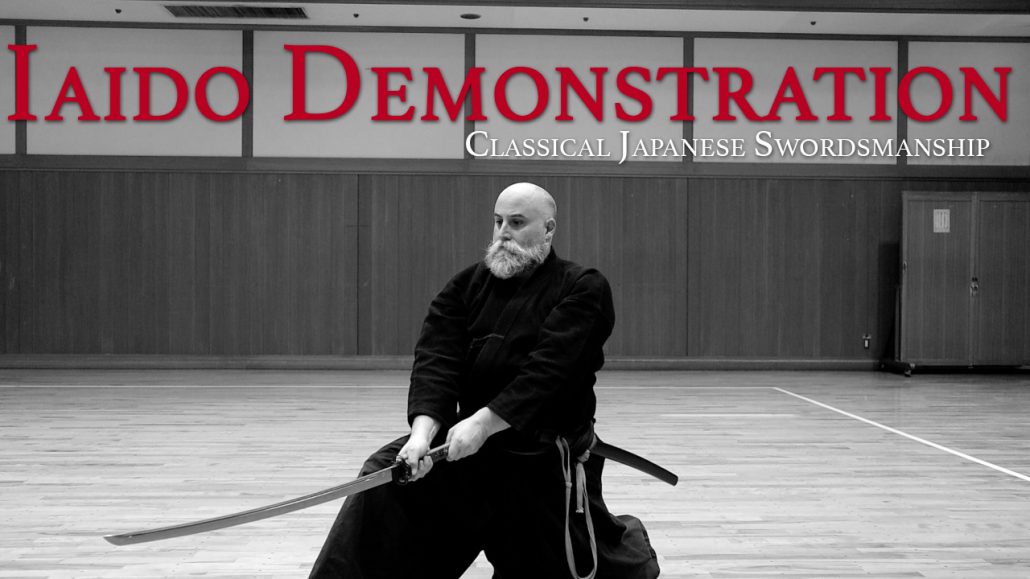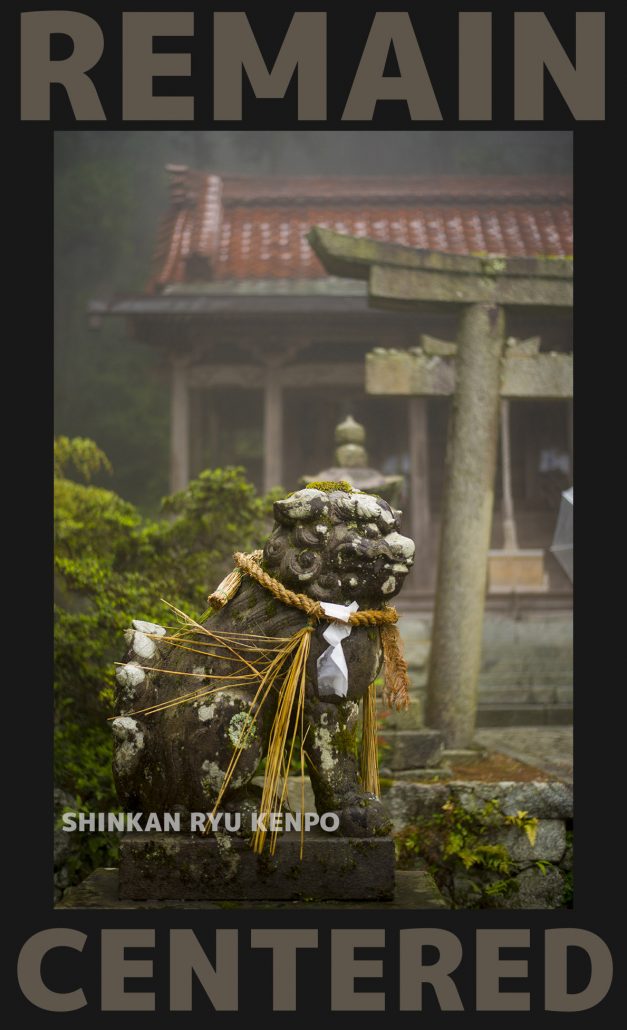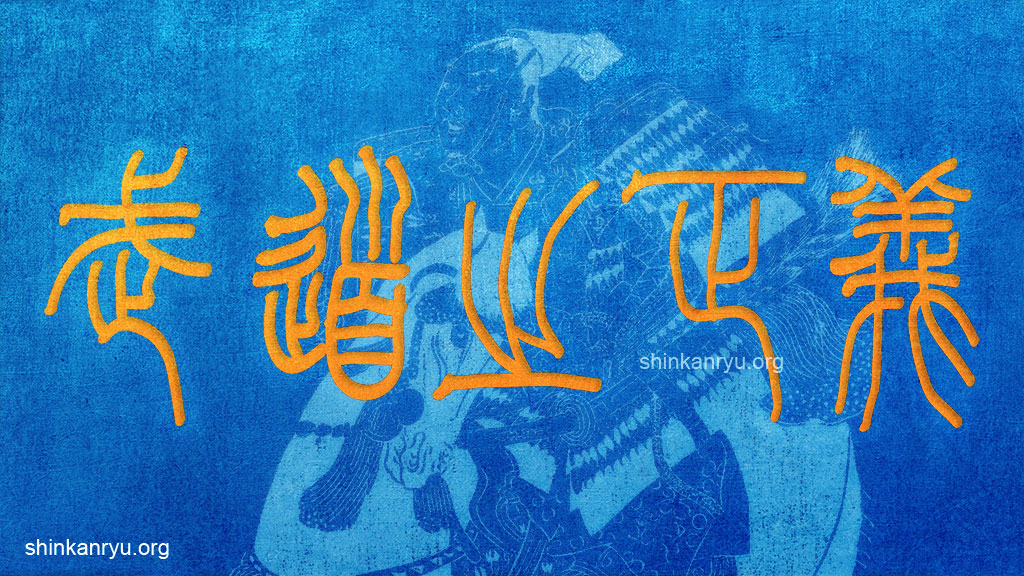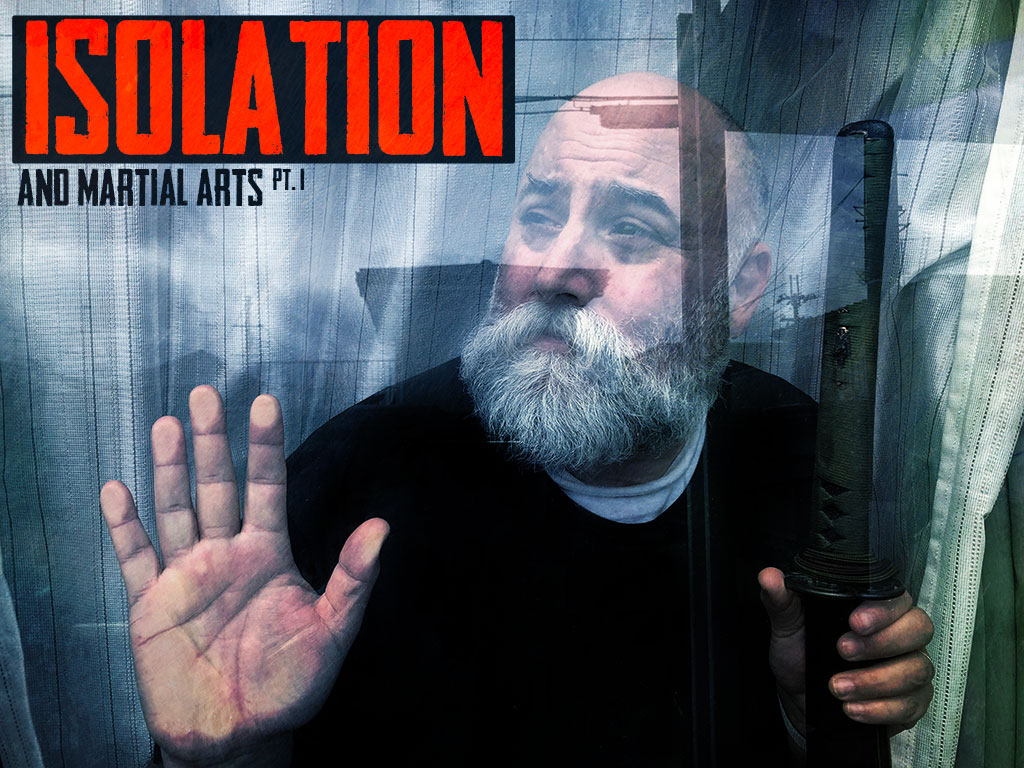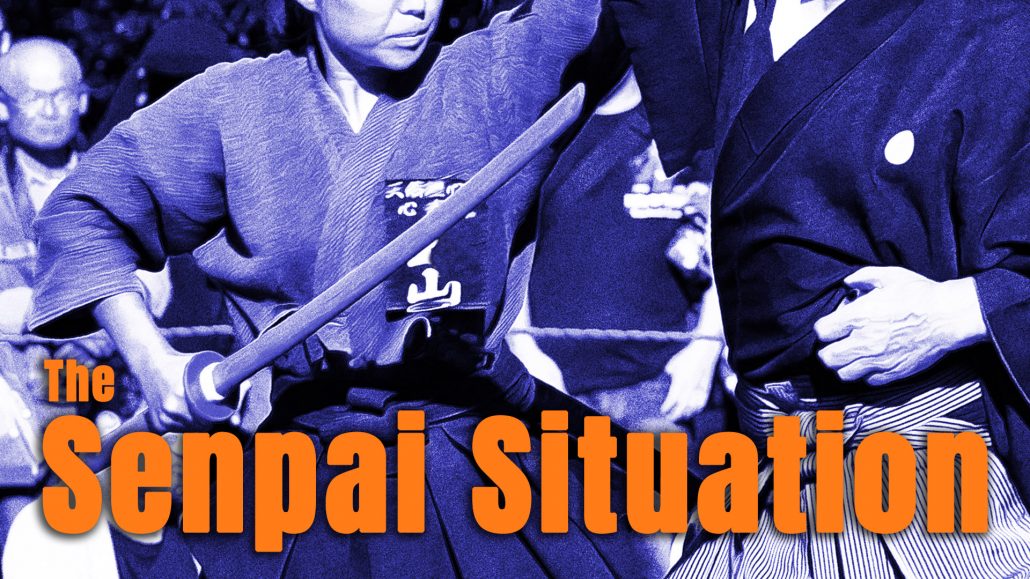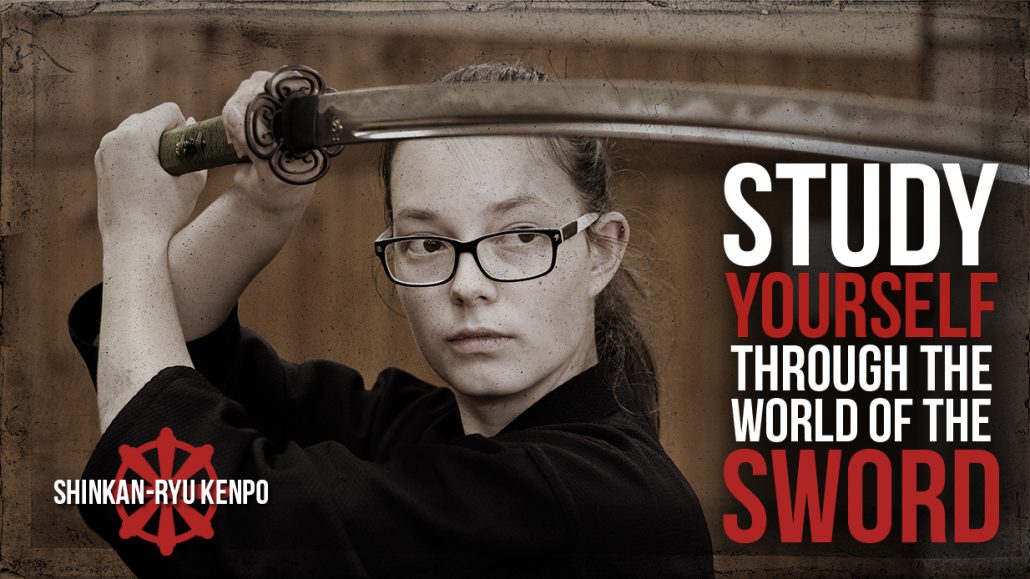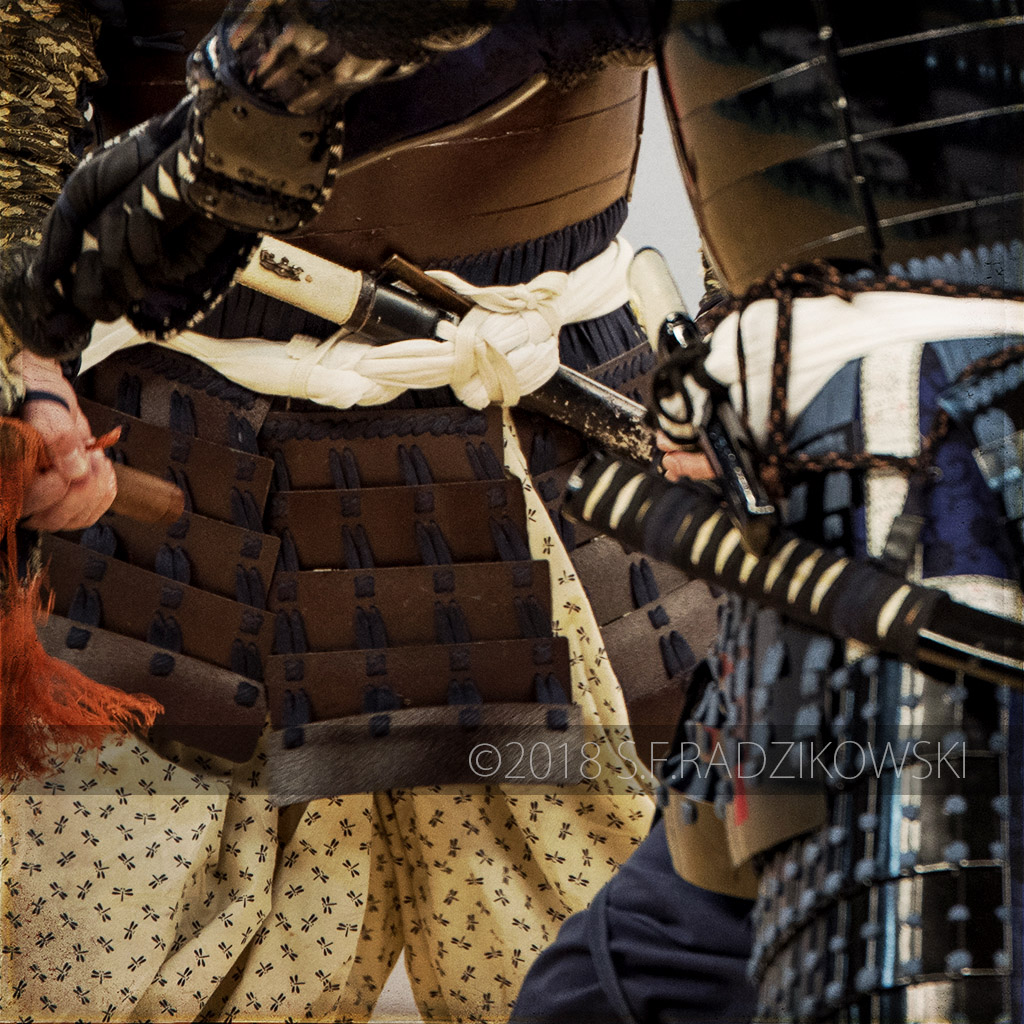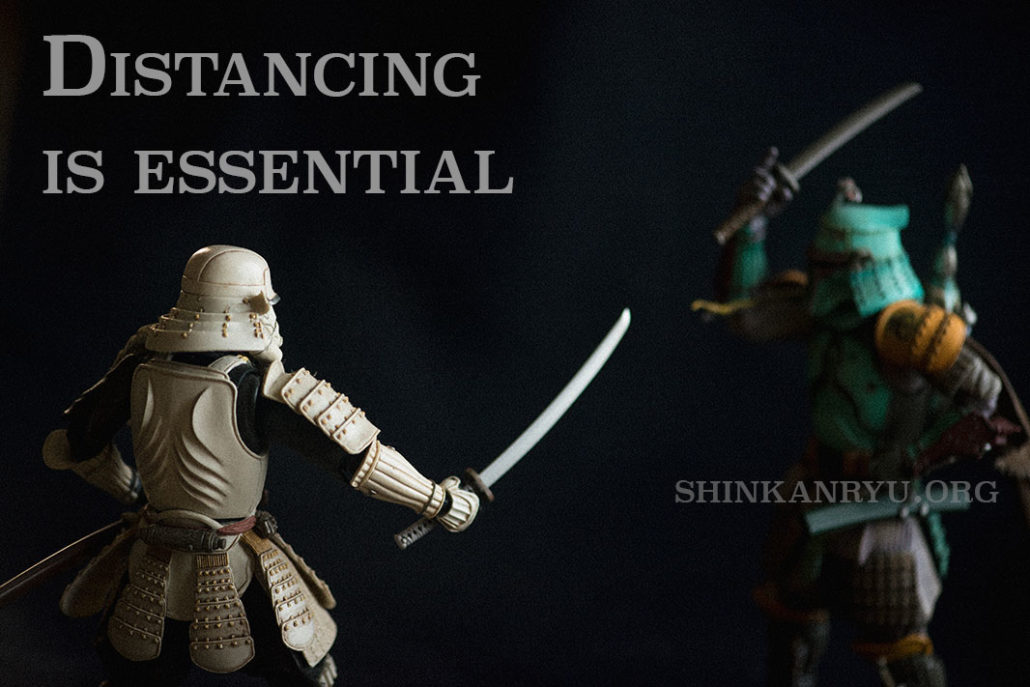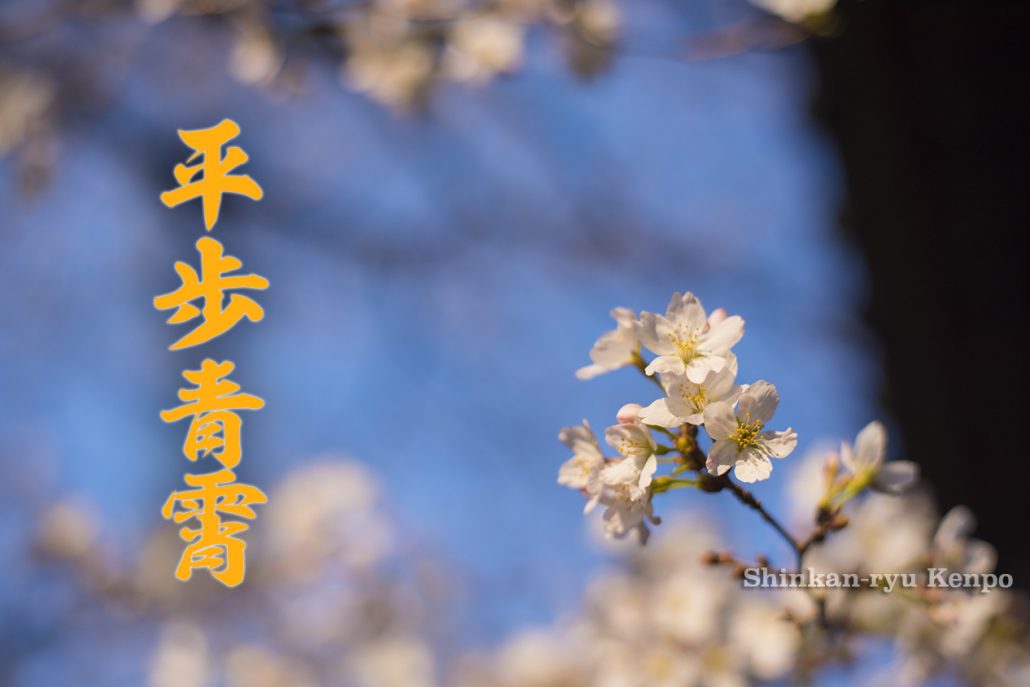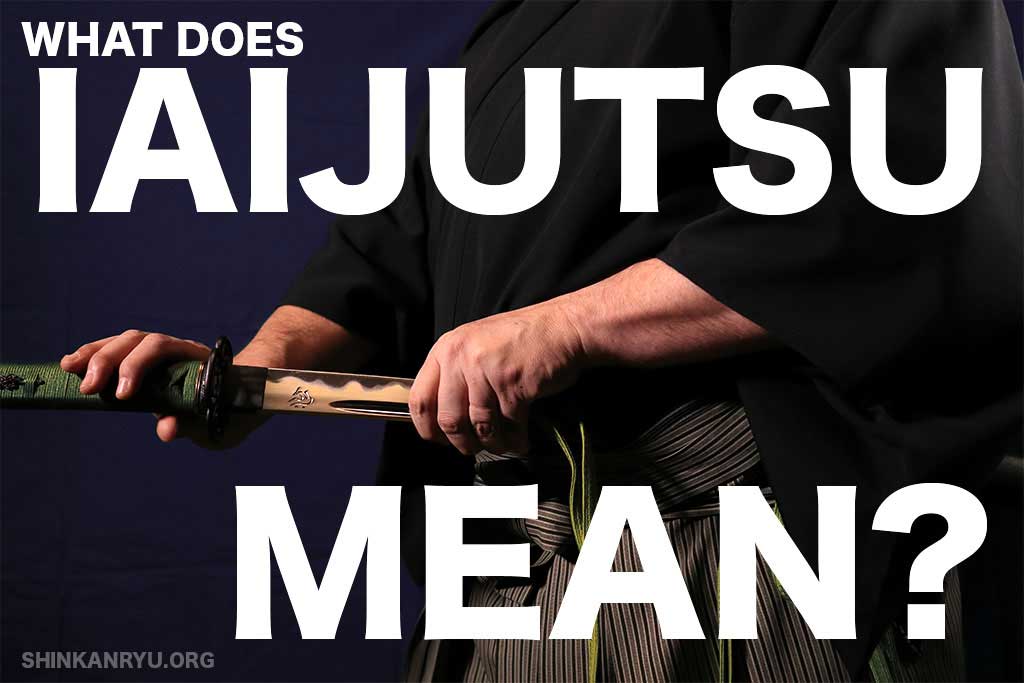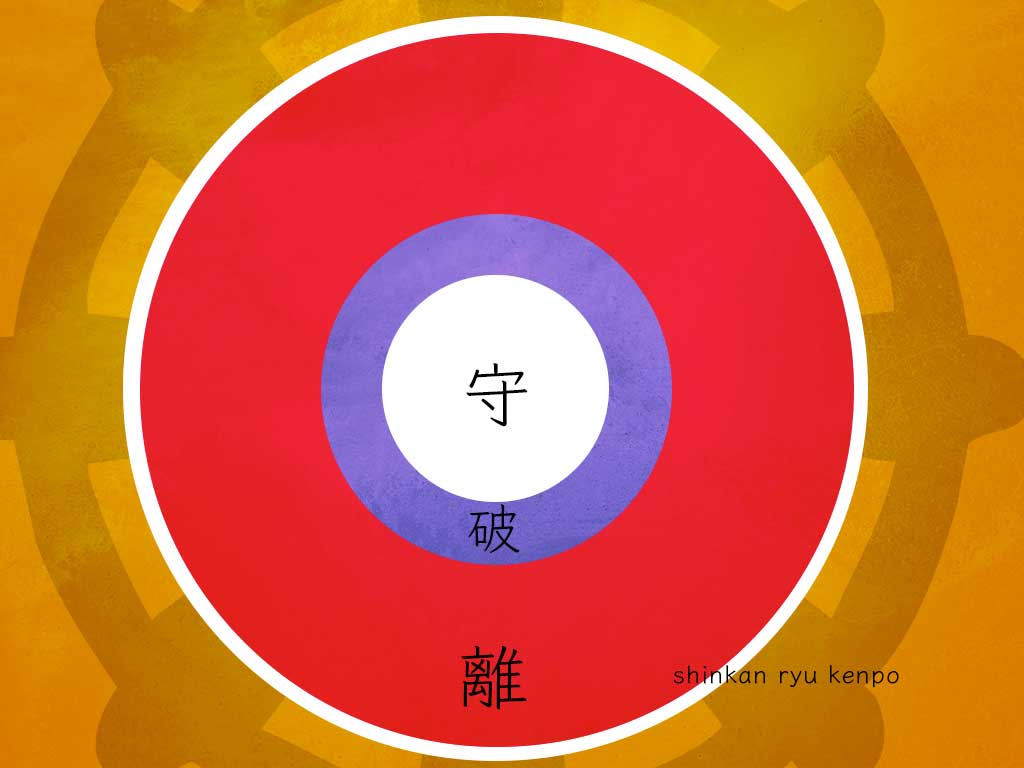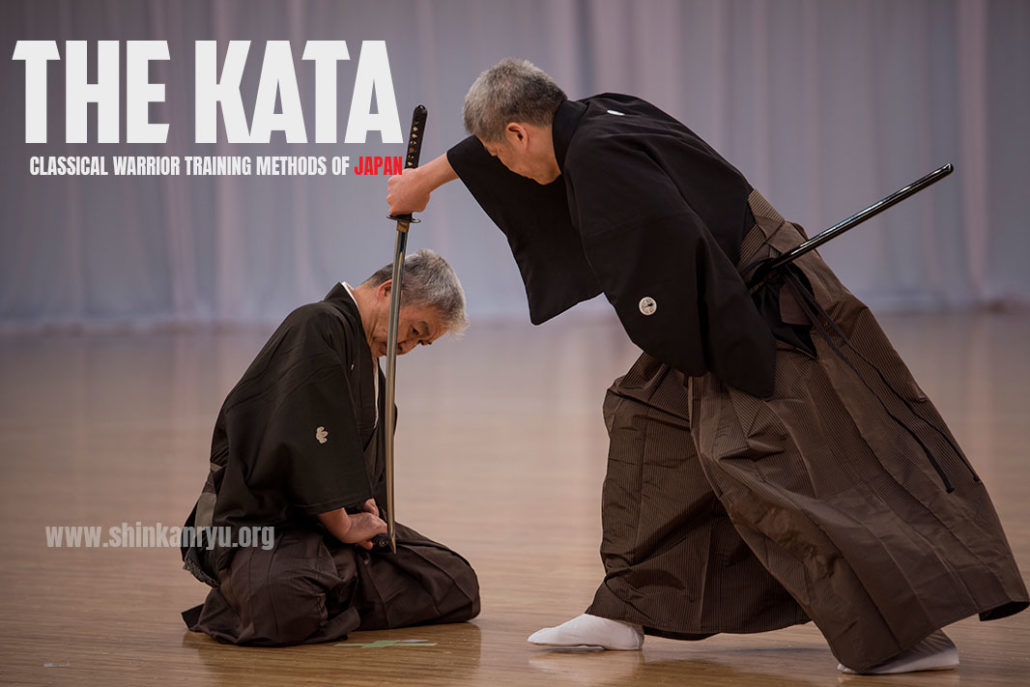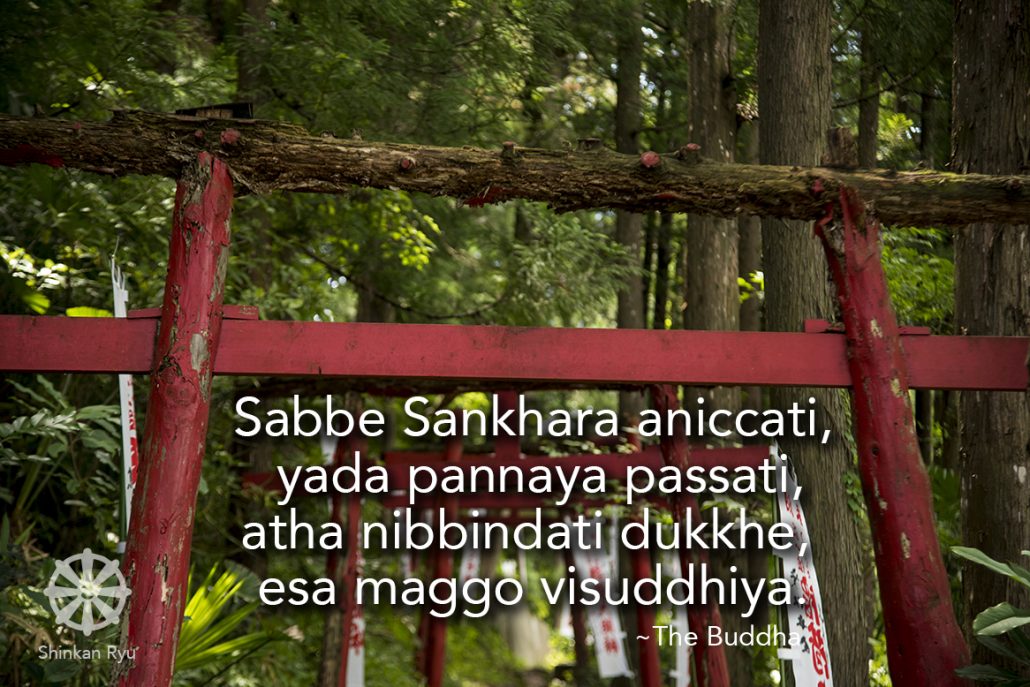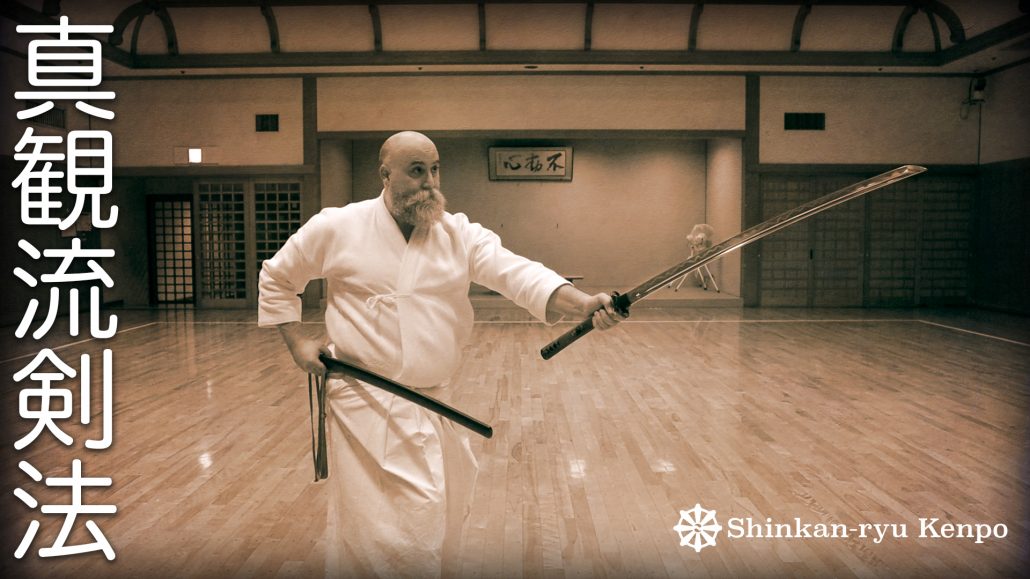The Sword and its study.
Hesitation (doubt) is one of the four diseases in swordsmanship. In martial arts really. It is not unique to swordsmanship. Reluctance to make a decision can lead to problems. Overthinking and over-analyzing ourselves is also a problem. This sickness is often called "gi"疑 and usually referred to as doubt. I feel there are two parts to this, one which is hesitation arising from doubt or confusion.
Walking the middle path and understanding that hesitation and its counterweight, overthinking, are things to be avoided in and out of the dojo.
Frankly, the phrase in and out of the dojo is not a favorite saying of mine. The same goes for the mind or the body. The mind is the body, and the body is the mind. They are not separate. Training should be a continuous matter and not end nor begin at some doorway.
Today I decided to write some kanji in Sosho which is remarkably cursive and difficult to read text in Japanese. At least for me, it is. It takes a special skill to be familiar with this style. In modern Japan, it is the few that can read scrolls or books and signs with this writing. It can be extremely abstract. I am certainly no expert in writing but I was prompted to make a note about it tonight as I felt it relates to bujutsu practice.
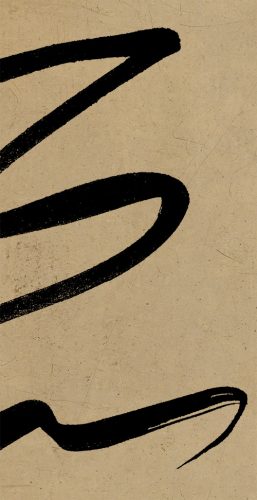
There are many things to read wrongly in my shodo example above. What came to mind while in contemplation was that there was a lot of hesitation. Worry about making errors crept in and caused blemishes of shape and flow in the final writing. This is, of course, ok. Since I am but a single man at a desk with a brush in hand the doubt wasn't life-threatening. It was, however, a hindrance to completing the letter correctly.
That same hesitation can be a severe issue, however, during a sword fight. It can mean the difference between scoring a valid point or not in kendo as well. The goal is not to cut the enemy or score a point, but to rid ourselves of this delay. Many professions as well see doubt as a severe issue. Over time ironing out the hesitation and trusting the hours and hours of practice.
This is not even about repetitive practice either. One can easily snatch a falling object from a table or pen in mid-air. Haven't we all made a super-human catch of something falling and were surprised we did so? That happened because we did so without hesitation. You simply reacted. That speed and ability are essential in our training. Some waza call for that more than others. When you are training in kumitachi, however, you certainly need to have hesitation tampered down if not removed. There are other neurological issues that increase when there is no doubt. I argue that doubt also causes stress or hyper-tonicity of the mind-body.
It seems like common sense, yet what is the hesitation like in your training and life?
One could say, do not just rush into things as well. That is true. One should not just rush into something blindly. Ridding yourself of hesitation does not mean to embrace anarchy and mindlessly flail around in the universe and life.
Again removing hesitation where it's needed. That is the goal. In general uncertainty during a sword fight is not something we want to train for.
Having a clear mind to know the direction and action to take is essential. Having that clear mind is critical. Looking at my writing, I can see the delay that causes imperfections and not the actual skill of my hand or eye. We can say it is the skill, but dissecting it we see the root of the unskillfulness; the hesitation.
Why remove the doubt?
The delay in action actually creates inefficient movement. This, of course, leads to problems on its own but it also makes problems with timing and opportunity. Doubt is also a problem in the spiritual realm and not just the physical.
Where is hesitation wrecking your solo form? Where is it interfering in your paired forms? Are you thinking about these ideas in your practice and life? Thank you for reading my ideas.
©2018 S.F.Radzikowski

ラジカスキー真照
館長Saneteru Radzikowski is the head sword instructor of Shinkan-ryū Kenpō. He lives and teaches Iaijutsu and Kenjutsu from Nara, Japan.
You With Sword In Hand, Calm Yourself
The mental issues involved with subscribing to someone you dislike, hate, have anger towards, desire...
Learning Iaido Online: The Japanese Art of the Sword
Learning Iaido online is a wonderful challenge. Iaido or Iaijutsu can be deceptively simple in its...
Maai; Combative Space-timing
Teaching maai 間合い, the ideas of combative spacing and timing intervals in kenjutsu.
The Martial Arts Heart
Budo values reflection and compassion. When these are not present it is hard to develop...
Munen Muso And Mushin The Warriors Mind
What is the difference between munen and mushin? These concepts outline the ideal mental state...
Saya no uchi
I train to strike correctly. I perform keiko to understand the angles of my sword....
Tachi Iai & Suwari Iai Demonstrations
[fusion_builder_container hundred_percent="no" hundred_percent_height="no" hundred_percent_height_scroll="no" hundred_percent_height_center_content="yes" equal_height_columns="no" menu_anchor="" hide_on_mobile="small-visibility,medium-visibility,large-visibility" status="published" publish_date="" class="" id="" background_color="" background_image="" background_position="center...
Bujutsu Centering
When practicing bujutsu we should always work on being centered. For non-practitioners, it is also...
Code of Bushido Righteous Heart
Being righteous and doing the right thing is one of the foundations of body and...
Fear Isolation Martial Arts
Budo does not begin and end when you pass through the dojo, or step on...
What Is A Good Senpai In Budō?
I have discussed teachers and students within martial arts. The senpai-kohai relationship is just as...
Study The Self. Learn The Sword
Learn the sword or budo and learn of yourself. Learn about yourself to learn budo....
Martial Arts Creator Origin Myths of Japan
Japanese Koryū Creator myths; becoming enlightened and making up a whole martial arts system. Some...
Covid-19 Corona Virus And Martial Arts
Be Thankful.Be Earnest In Bujutsu & Life
Be thankful for your mistakes, failures, and blunders. They are your own teacher reminding you...
Equanimity Of A Bushi
Under the big blue sky, Walk with purpose. せいしょうにへいほうす。青空をすたすた歩く。 Move towards your difficulties (or life...
What Does Iaido & Iaijutsu Mean?
Iaijutsu and iaido are components of kenjutsu 剣術, the arts of the sword. Iaijutsu, iaido...
Shu-ha-ri Budo Learning
Kata: Classical Japanese Samurai Training Method
Bujutsu Kata Training in martial arts can be done in different ways. One of the...
Impermanence, The Mind, and the Truth
After every meditation session my teacher, with his eyes still closed, would softly speak in...
Bujutsu Thoughts
Training in iaijutsu (or any bujutsu) means doing the same thing over and over and...
Practice
The car at the bottom of the hill needs a sustained gas pedal to move...


